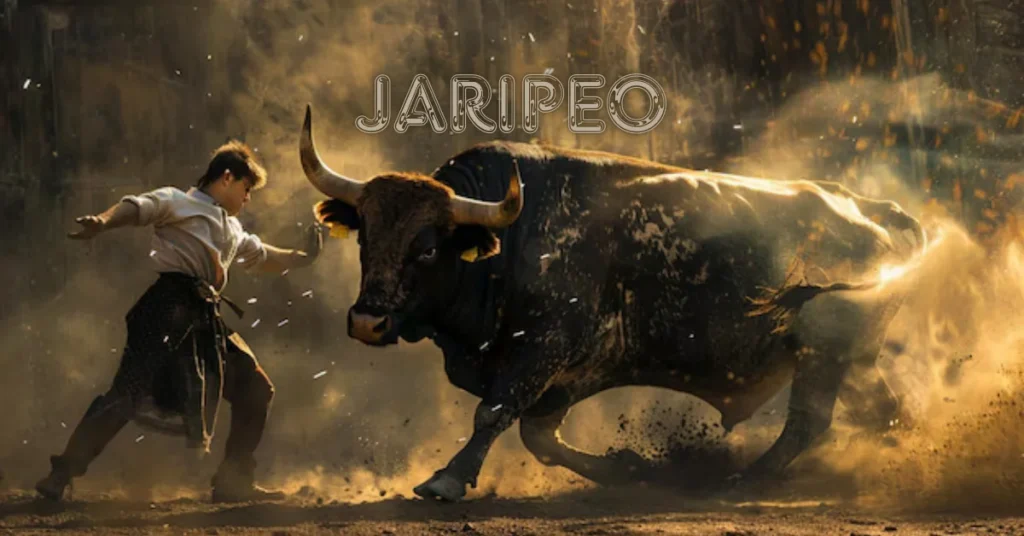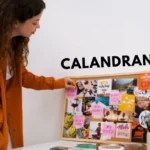introduction
Jaripeo is more than just a thrilling spectacle; it’s a vibrant celebration of culture and tradition that has captivated audiences for generations. Originating in rural Mexico, this exhilarating event brings together the daring art of bull riding with colorful music, dance, and community spirit. With its roots deeply embedded in history, jaripeo showcases the rich heritage of Mexican culture while continuously evolving to reflect modern influences. As we dive into the world of jaripeo, you’ll discover how this unique event not only entertains but also strengthens communities and preserves traditions for future generations. Join us on this journey through the heart-pounding excitement and cultural significance of jaripeo!
The Meaning and Origins of Jaripeo
Jaripeo traces its roots back to the rural landscapes of Mexico, where it originated as a practical event. Farmers used bull riding to showcase their skills and test the strength of livestock. This was not merely about competition; it served as a demonstration of bravery and horsemanship.
The term “jaripeo” itself is derived from Spanish vernacular, referring to events that involve horse riding and bull taming. Traditionally, these gatherings were community affairs filled with camaraderie and celebration.
Over time, jaripeo evolved into a more structured spectacle. It now features professional riders who bring flair and artistry to the arena. The blend of tradition with modern elements has allowed jaripeo to flourish while preserving its cultural significance in Mexican heritage.
The Evolution of Jaripeo: From Traditional to Modern
Jaripeo has a rich history that reflects its roots in traditional Mexican culture. Originally, it involved skilled horsemen showcasing their bravery and expertise while riding untamed bulls. This raw display of talent captured the hearts of many.
As time progressed, jaripeo transformed into a spectator sport. Modern arenas began to host larger crowds, elevating the experience for fans. Bright lights and vibrant decorations added excitement to each event.
Today’s jaripeo combines elements from various cultures. It incorporates lively music and dance, creating an electrifying atmosphere where tradition meets innovation. Riders now don advanced gear, emphasizing safety without losing the thrill.
The connection between performers and audiences remains strong as families gather to enjoy this spectacle together. Jaripeo evolves continuously while still honoring its historical significance—an ongoing celebration of heritage and community spirit.
The Role of Music and Art in Jaripeo
Music and art are the heartbeat of jaripeo. They elevate the experience, turning it into a vibrant celebration.
Traditional mariachi bands often accompany these events, infusing energy with their lively rhythms. The melodies resonate through the crowd, inviting everyone to join in the festivities. This connection between performers and spectators creates a shared sense of joy.
Artistry also plays a significant role. Colorful banners and intricate designs adorn arenas, telling stories of heritage and pride. These visuals enhance the atmosphere, making each event unique.
Dance is intertwined with music during jaripeo as well. Spectators often find themselves swaying to infectious beats, embodying cultural expressions that have been passed down for generations.
In essence, without music and art, jaripeo would lose its magic—a rich tapestry that binds communities together through sound and vision.
Spectacle and Tradition: How Jaripeo Celebrates Culture
Jaripeo is more than just a rodeo; it’s a vibrant celebration of heritage. This spectacular event draws crowds eager to witness thrilling bull riding, which showcases not only bravery but also skill.
Every performance tells a story steeped in tradition. Riders don colorful attire that reflects the regional culture and history, bringing visual splendor to the arena. The atmosphere buzzes with excitement as families gather to cheer on their favorites.
The festivities extend beyond the rides. Traditional music fills the air, creating an inviting ambiance that encourages dancing and community bonding. Local artists often display their crafts, further enriching this cultural tapestry.
As night falls, lights illuminate the scene, transforming it into a feast for both eyes and ears. Jaripeo encapsulates moments where past meets present—a powerful reminder of shared identity through exhilarating spectacle.
The Impact of Jaripeo on Communities
Jaripeo serves as more than just entertainment; it acts as a vital thread that weaves communities together. It brings people from diverse backgrounds to share in a rich cultural experience, fostering unity and camaraderie.
Local economies benefit significantly from these events. Vendors, artisans, and performers find opportunities to showcase their talents and products. This boosts small businesses while providing exposure to local culture.
Moreover, jaripeo creates strong intergenerational bonds. Families gather for the festivities, passing down traditions and stories that enrich their heritage.
The emotional connections formed during these celebrations help cultivate a sense of belonging among participants. Jaripeo often becomes an anchor point for cultural identity within communities.
Through moments of laughter, joy, and sometimes heartache, jaripeo allows individuals to connect on a deeper level with both their own roots and each other.
Jaripeo in Popular Culture: Its Influence and Representation
Jaripeo has woven itself into the fabric of popular culture, capturing attention across various media. From films to music videos, this vibrant tradition showcases both its thrilling rodeo elements and cultural significance.
Artists often draw inspiration from jaripeos in their lyrics, celebrating themes of bravery and community. Such representations resonate deeply with audiences familiar with these traditions.
Television shows have also embraced jaripeos, highlighting its colorful events and lively atmospheres. The visual spectacle attracts viewers who may not directly participate but still appreciate the artistry involved.
Social media platforms amplify the reach of jaripeos as fans share videos, photos, and stories that reflect their experiences. This digital presence helps introduce new generations to a rich heritage while fostering conversations about identity and pride within communities.
Through such diverse portrayals, jaripeos continues to inspire artists and enthusiasts alike while remaining a vital part of cultural expression.
Preserving the Tradition: The Future of Jaripeo
Preserving the tradition of jaripeos requires a collective effort from communities, artists, and enthusiasts. As younger generations become more involved, they bring fresh ideas while respecting the roots of this cultural spectacle.
Many local organizations are stepping up to keep jaripeos alive. Workshops and educational programs teach the history and techniques behind this vibrant event. These initiatives foster appreciation for its significance.
Social media plays an essential role too. Platforms allow fans to share experiences and promote upcoming events. This digital presence helps attract new audiences who may have never witnessed jaripeos before.
Innovation is also key in ensuring resilience within traditions like jaripeos. By incorporating modern elements—like contemporary music or performance art—creators can engage a broader demographic without losing authenticity.
As long as passion persists, so will jaripeo’s spirit thrive within communities worldwide.
Conclusion
Jaripeo is more than just an event; it embodies a rich tapestry of culture, tradition, and community. Its roots delve deep into the history of Mexican ranching and cowboy life. Over time, jaripeo has evolved from its traditional origins to embrace modern influences while still holding onto its core values.
The vibrant music and artistic expressions that accompany jaripeo create an electrifying atmosphere. These elements bring people together, celebrating not only skillful horsemanship but also shared heritage. Each performance tells a story—a narrative woven through generations.
Communities benefit immensely from these gatherings. They foster unity among participants and spectators alike, strengthening local bonds and creating lasting memories. Jaripeo acts as a platform for showcasing talent while providing economic opportunities in rural areas.
Its depiction in popular culture helps expand awareness beyond borders. Movies, songs, and social media highlight the excitement surrounding jaripeos events—drawing attention to this cultural phenomenon on global platforms.
As we look ahead to the future of jaripeos, there lies a promise: the preservation of traditions amidst changing times. With efforts focused on honoring its legacy while adapting to contemporary demands, jaripeos can continue thriving for many years to come.
Embracing this spirited celebration ensures that new generations appreciate their roots—keeping alive not just a sport but also an essential part of cultural identity.
FAQs
1. What is jaripeo?
Jaripeo is a traditional Mexican event that combines bull riding with vibrant music, dance, and community celebration. It originated in rural Mexico and showcases both skill and cultural pride.
2. How did jaripeo begin?
Jaripeo started as a practical event in rural Mexico where farmers demonstrated their horsemanship and bull riding skills. It was a way to show bravery and test livestock strength.
3. How has jaripeo evolved over time?
Originally a local competition, jaripeo has evolved into a structured spectacle with professional riders, modern arenas, and a mix of traditional and contemporary elements, including lively music and dance.
4. What role does music play in jaripeo?
Music is central to jaripeo, with traditional mariachi bands providing energetic rhythms that enhance the event’s festive atmosphere. It complements the visual and emotional experience of the spectacle.
5. How does jaripeo impact local communities?
Jaripeo strengthens community bonds, boosts local economies through vendors and artisans, and fosters cultural pride by bringing families together and preserving traditions across generations.







